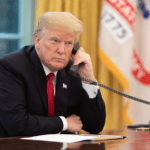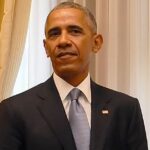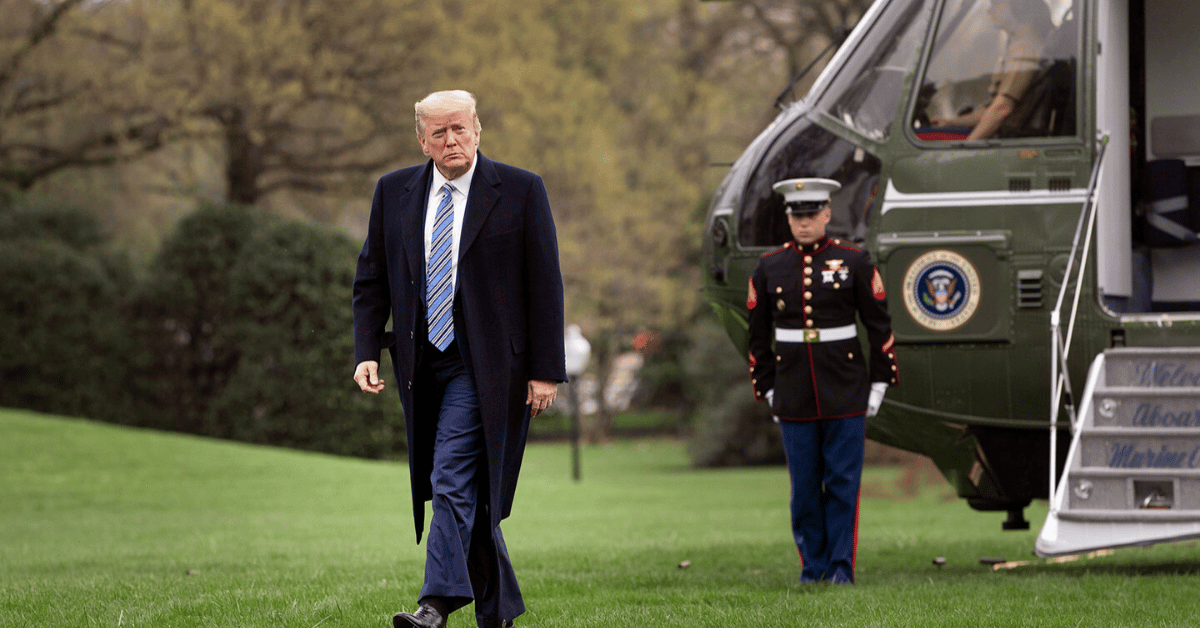
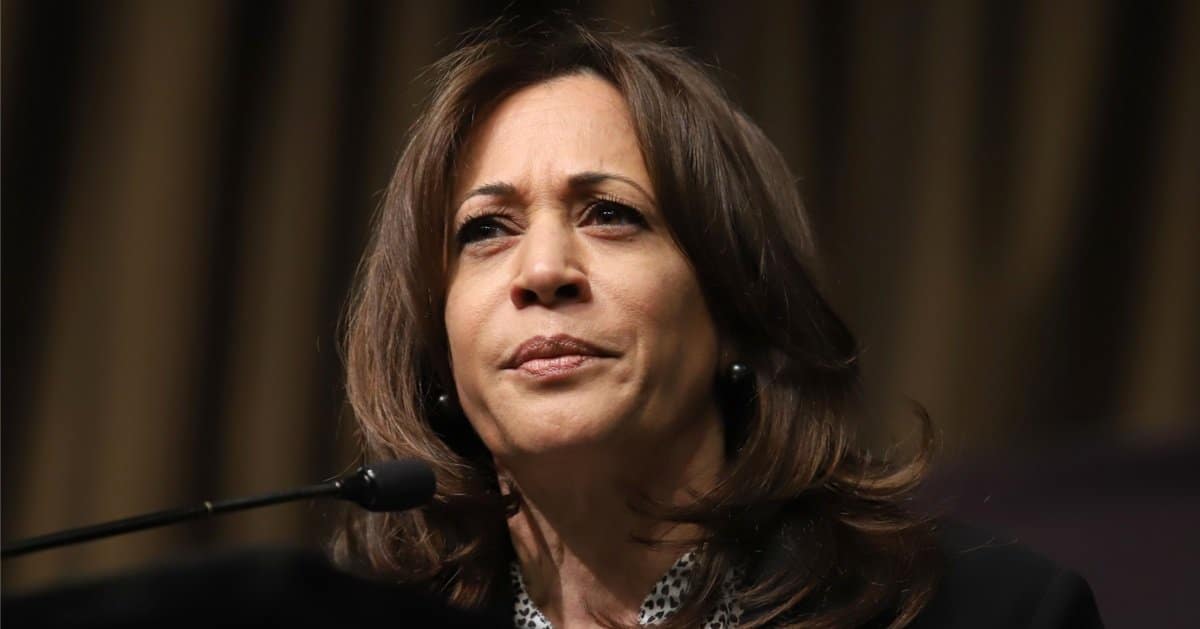

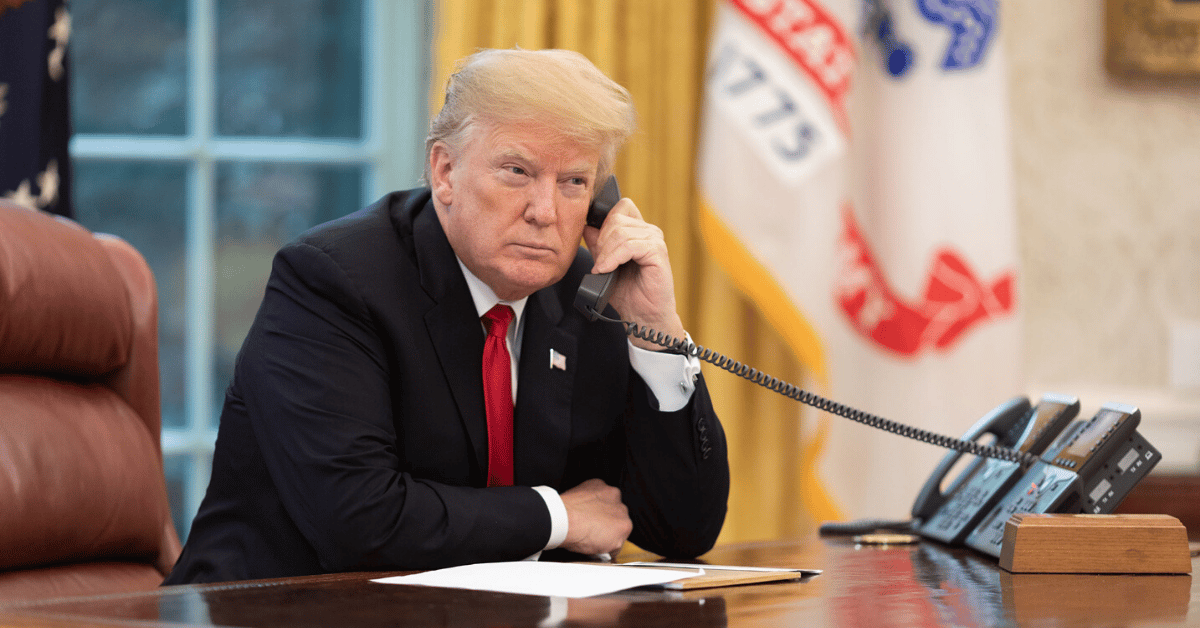
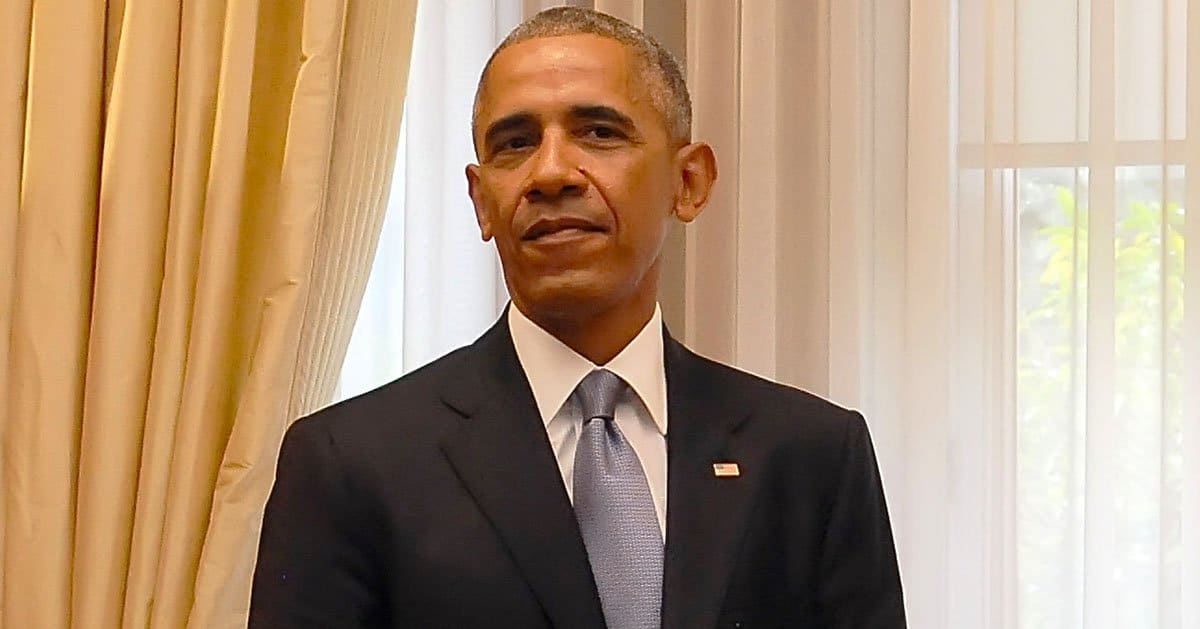
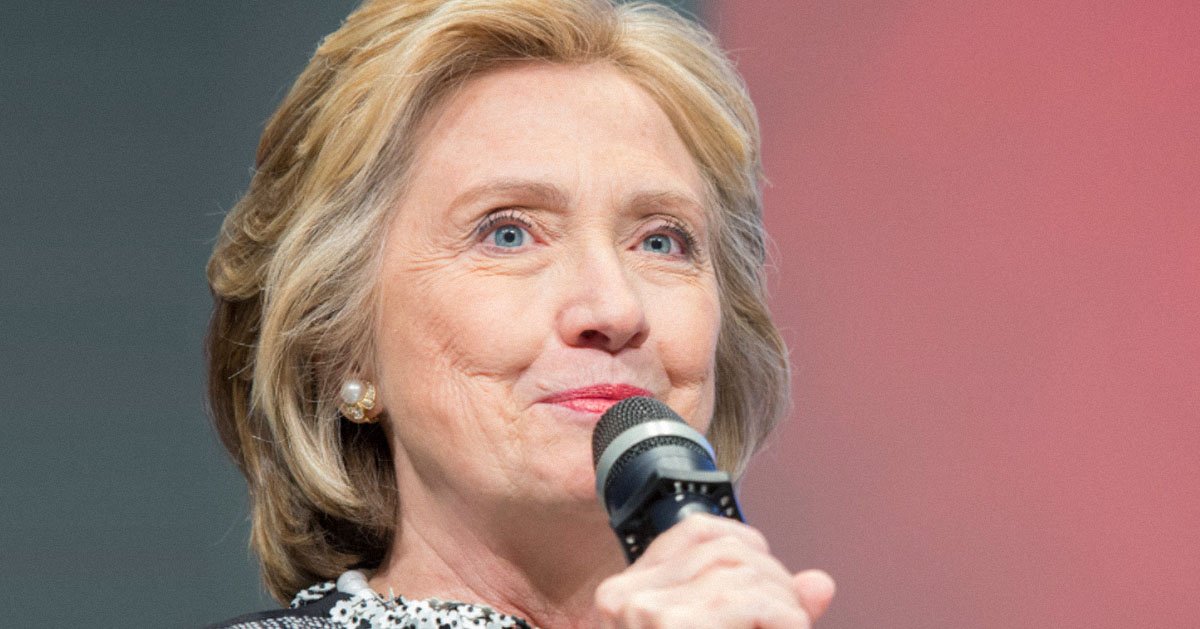
President Donald Trump is gearing up for a high-stakes showdown with Vladimir Putin in Alaska, and he’s not mincing words. The U.S. leader has promised “very severe” economic consequences if Russia dares to derail efforts to end the war in Ukraine.
Fox News reported that Trump will meet Putin on August 15, 2025, in a summit aimed at halting Moscow’s aggression in Ukraine, the first such U.S.-Russia talks since 2021. This Alaskan face-off, set on American soil, underscores Trump’s push to resolve the conflict that’s bled Europe dry. It’s a bold move, but the stakes couldn’t be higher.
While flying to Alaska aboard Air Force One, Trump doubled down on his warning to Putin, emphasizing that obstruction won’t be tolerated.
“Very severe” consequences, he said, hinting at economic pain that could make Russia’s oligarchs sweat. Progressive pundits might call this saber-rattling, but it’s just Trump laying out the cost of defiance.
Since taking office, Trump has made ending the Ukraine war a cornerstone of his foreign policy. He’s been relentless, arguing that prolonged conflict serves no one but globalist war hawks. Yet, his approach sidesteps the woke dogma of endless sanctions without strategy.
The Alaska summit is a chance to negotiate a ceasefire, possibly even discussing territorial swaps—a pragmatic, if controversial, idea.
Trump’s no-nonsense style contrasts with the diplomatic dithering of past administrations. Still, the question lingers: can he outmaneuver Putin at the table?
Trump’s relationship with Ukrainian President Volodymyr Zelenskyy hasn’t been all roses, to put it mildly. A heated Oval Office exchange in February 2025 exposed tensions, with Trump reportedly frustrated by Zelenskyy’s resistance to compromise. This isn’t about personal grudges, though—it’s about securing a deal that stops the bloodshed.
The summit’s timing, on August 15, 2025, marks a critical moment for U.S.-Russia relations. Trump’s choice of Alaska as the venue sends a message: America’s calling the shots on its turf. It’s a power play, but one rooted in a desire to end a war that’s dragged on too long.
Trump’s threat of economic consequences isn’t just hot air—Russia’s economy is already wobbling under existing sanctions.
He’s betting that Putin, for all his bravado, can’t afford to ignore a financial hammer blow. Critics might scoff, but Trump’s track record shows he doesn’t bluff lightly.
The “very severe” warning, repeated en route to Alaska, was classic Trump: direct, unapologetic, and aimed at maximum impact. Left-leaning outlets might paint this as reckless, but it’s a calculated move to keep Putin on edge. Diplomacy without teeth is just chatter, after all.
Ending Moscow’s war on Ukraine is no small feat, and Trump knows it. The summit could reshape Eastern Europe—or it could collapse into a diplomatic quagmire.
Either way, Trump’s insistence on results over rhetoric sets him apart from the establishment’s endless talkfests.
Putin, for his part, faces pressure to show flexibility, but don’t expect him to roll over. Trump’s economic threats might sting, but Russia’s strongman has his cards to play. The Alaska talks will test whether Trump’s deal-making instincts can outmatch Putin’s stubborn resolve.
Zelenskyy’s rocky dynamic with Trump adds another layer of complexity. Their February 2025 clash revealed deep divides over how to approach peace. Trump’s push for pragmatism over idealism might alienate Kyiv, but he’s betting it’s the only path to a lasting ceasefire.
Trump’s Alaska gambit is a high-risk, high-reward play. If he secures a ceasefire, it’s a foreign policy win that silences the naysayers.
If it fails, expect the progressive chorus to crow about “reckless diplomacy” while ignoring their failures.
The summit’s focus on territorial swaps is sure to spark debate. Some will call it a betrayal of Ukraine; others will see it as a necessary evil to end the war. Trump’s willingness to tackle the issue head-on shows he’s not afraid of tough choices, unlike the woke crowd’s obsession with moral posturing.

